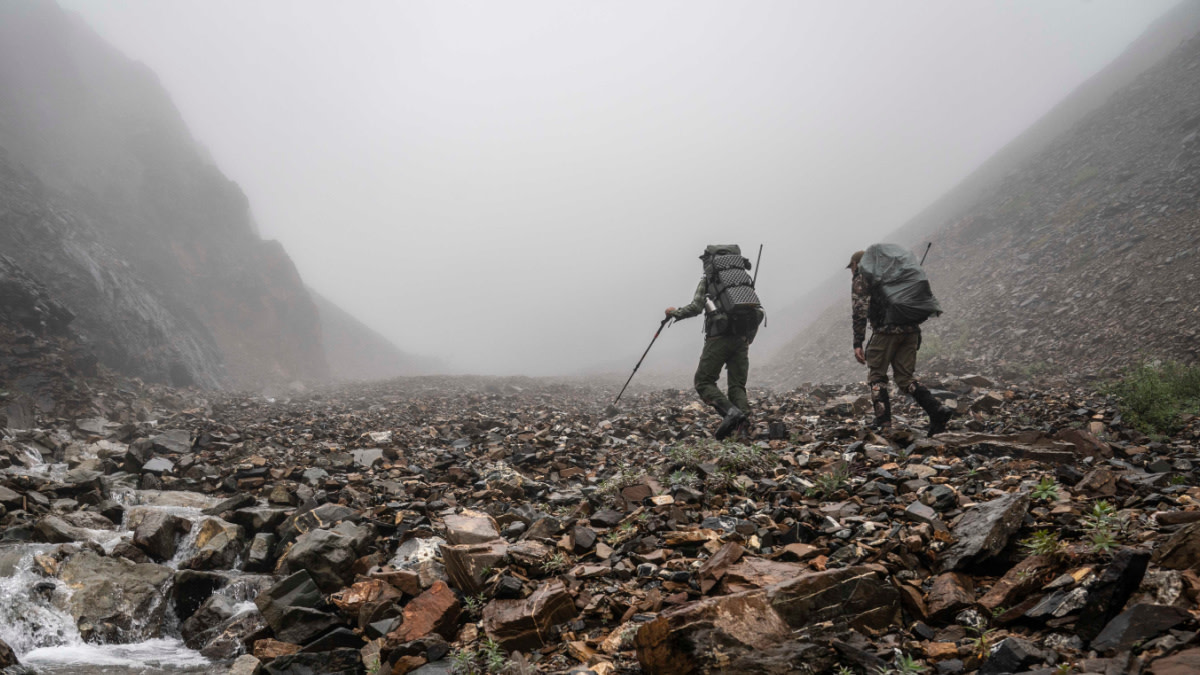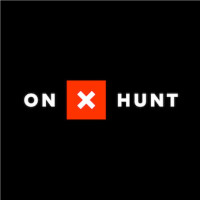
Every day, fellow MeatEaters send us more than 100 emails regarding hunting, fishing, cooking, conservation, and more. So, we decided to publish a series dedicated to our favorite FAQs. Ask MeatEater is powered by onX, creators of the best digital mapping tool for hunters and anglers.
I geek out on hunting gear lists, especially ones for backcountry hunts. I’ve made sure to save good spreadsheets I’ve found over the years, including one from Nate Simmons of Western Hunter in 2015, one for Dall sheep hunting from Barney’s Sports Chalet in Anchorage, and I’ve referenced the gear lists in Cameron Hanes’s book "Backcountry Bowhunting" as well. Not only do I find it entertaining to see how other backcountry hunters pack their gear, but it’s also educational and usually spurs ideas on how to make my kit better. In this instance, “better” means higher quality gear, lighter gear, and less gear.
I’m heading out on my first, and possibly only, bighorn sheep hunt in September. For such an important, once-in-a-lifetime hunt, I thought I should write up a gear list so I don’t forget a crucial item. I built a spreadsheet, weighed the items, and uploaded all the information. Like all gear lists, it can and will be refined.
I added a list of gear at the bottom of the spreadsheet that is my back-up/inclement weather gear. If a snowstorm hits or my water filtration system fails, I’m covered. I didn’t add my truck camping kit or truck food list to the spreadsheet. I’ll go over those another time, but I do want to mention the importance of having a stash of high-calorie salty food and beer waiting for you after a long stint in the mountains. I’m usually starved of calories and ready for a non-dehydrated meal. I’ll have smoked brats and buns, a few bags of chips, beer, as well as a cold pizza waiting for me this time.
What’s interesting to me is how my gear list has changed, even after just three or four years. For one, my cooking system has become lighter and more efficient. I’ve lost almost a pound in that category. My water filtration and carry system is another category where I’ve shaved weight. By switching to the soft-sided filter water bottle instead of the Steripen and only soft plastic reservoirs instead of a Nalgene bottle, I’m almost another pound lighter. Also, because of First Lite’s advances in clothing technology, I can carry less and still be warm and comfortable.
Another big change is the lack of a handheld GPS unit or camera in my pack. My iPhone has replaced both. Trust me, I was a late adopter, thinking that there was simply no way the smartphone could be a reliable option. But I can tell you that I’m now going into my fourth fall not carrying a handheld GPS or camera. OnX’s maps, functions, and features make my phone ten times the GPS unit I used to carry. Even in the backcountry with no service, I can use offline maps on the app and navigate the mountains with ease.
Finally, especially in clothing, the major change is simply in quantity. What used to be necessities like camp shoes, a pillow, and a change of base layers, I now leave behind. It all has to be carried, and the less I carry, the happier I am.
Although I’m hunting bighorn sheep this trip, this gear list is only a few changes away from being ready for an archery elk hunt, or any September hunt for that matter. The obvious variable would be the weapon. I’d also pack elk calls, a bugle tube, and maybe larger game bags. And if I were packing a bow, a simple archery repair kit would come along, too.
Click here to read the entire gear list. Happy hunting!







